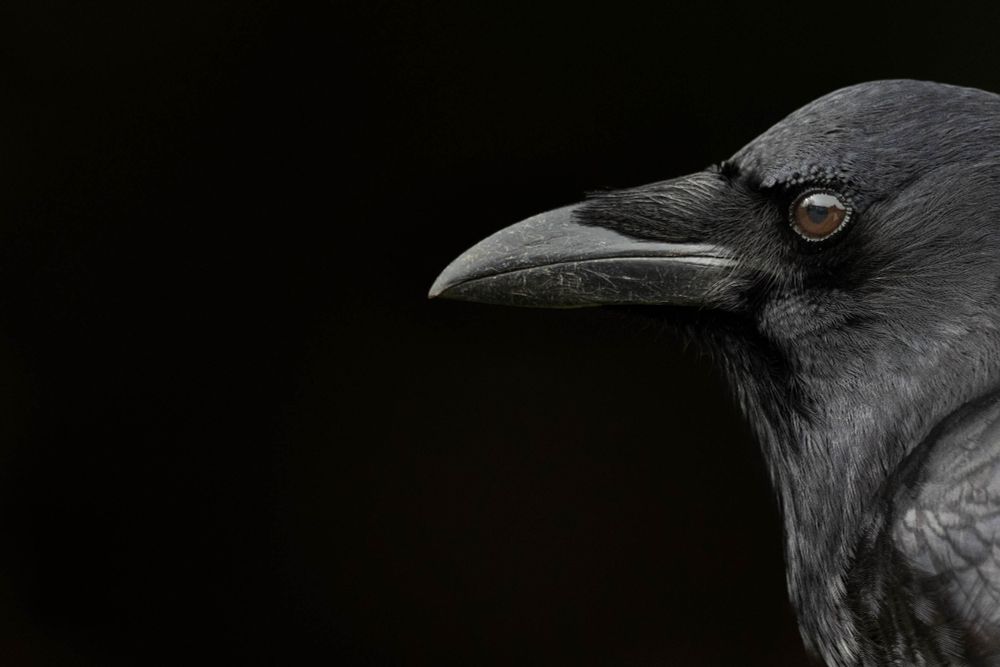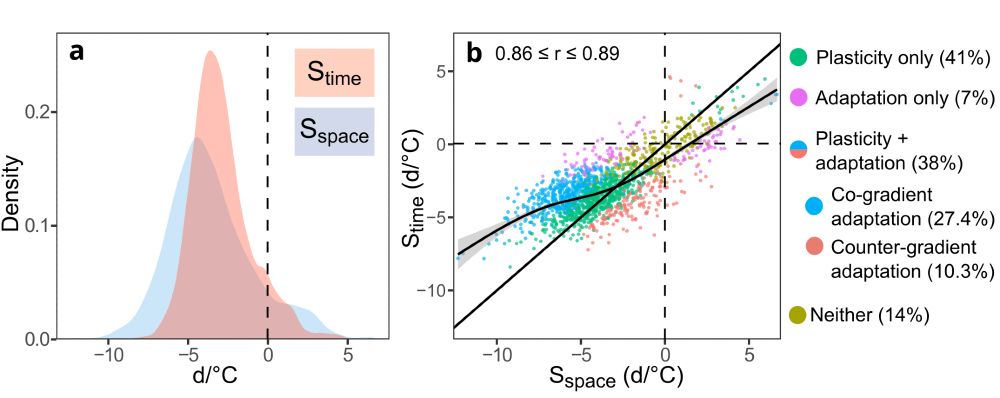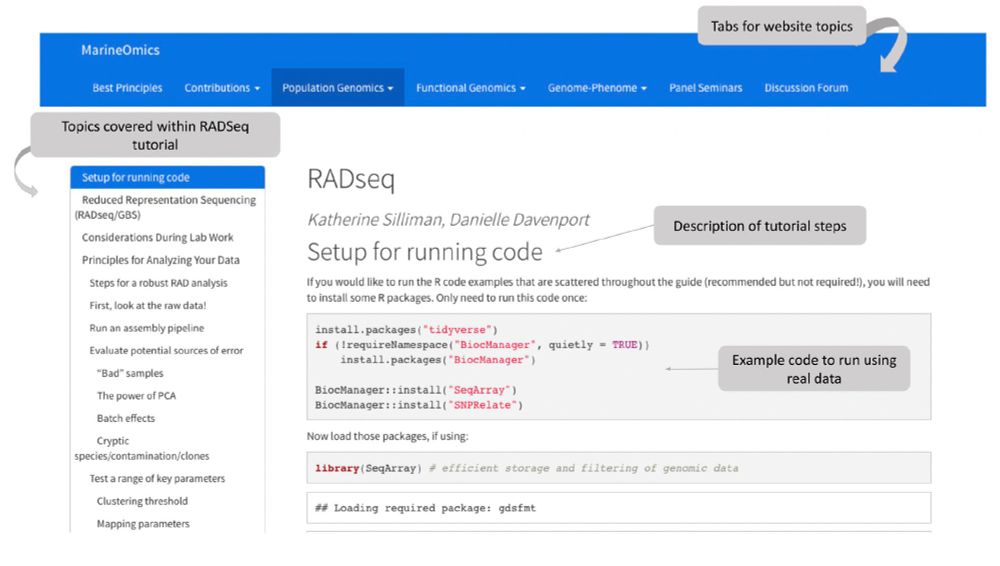Postdoc at Harvard OEB| Broadly interested in global change and the spatiotemporal structure of plant biodiversity.
He/Him.
https://scholar.google.com/citations?user=f7pc9egAAAAJ&hl=en&authuser=1






doi.org/10.1111/gcb....
🌎
Reposted by Victor A. Albert, Tadeo Ramirez‐Parada

(1/n)
rdcu.be/dvJvT






www.nature.com/articles/s41...
Can I be added as a contributor? Thank you!
Reposted by Tadeo Ramirez‐Parada


We outline the site's resources, how they're made, and how you can contribute! besjournals.onlinelibrary.wiley.com/doi/10.1111/...
Reposted by Tadeo Ramirez‐Parada

Reposted by Tadeo Ramirez‐Parada

She overcame gender & caste discrimination & was the first Indian woman to obtain a PhD in botany in the U.S.
Ammal promoted conservation & was a pioneer of indigenous environmental approaches.
Reposted by Tadeo Ramirez‐Parada

www.science.org/doi/full/10....
Reposted by Tadeo Ramirez‐Parada
Reposted by Tadeo Ramirez‐Parada


Reposted by Tadeo Ramirez‐Parada
employment.unl.edu/postings/87675

